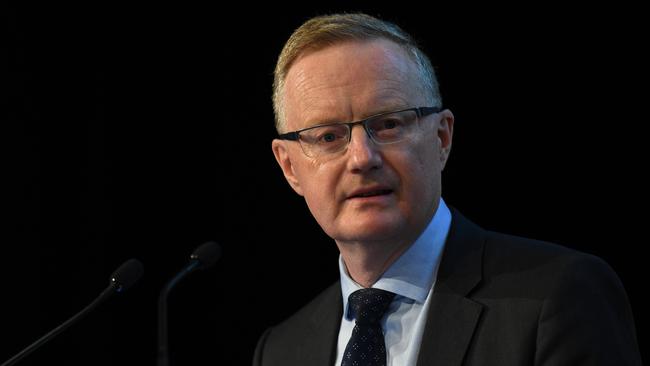
Economists were scrambling to lower second-quarter GDP forecasts after data on Monday showed store inventory fell 0.9 per cent during the period.
The unexpected slide in inventory from manufacturers, retailers and wholesalers — a leading indicator of overall economic health — implies that an alarming 0.6 percentage points of growth were gouged from the economy in the three months to June 30.
Even before the inventories number, economists were expecting Wednesday’s GDP data to show relatively moribund growth of just 0.4 per cent. Now, chatter has turned to the potential for a negative quarterly number and to the likely need for more monetary and fiscal stimulus in the coming months.
“The very real possibility of a negative on-quarter [GDP] number for the second quarter makes it harder to sell the idea that recent stimulus will prove sufficient,” JPMorgan economist Ben Jarman said.
Australia’s economy has avoided recession for close to 30 years, escaping a significant downturn during the global financial crisis thanks to a huge injection of fiscal stimulus, interest rate cuts and massive infrastructure spending by China that kept commodities prices frothy.
But this time around, the conventional interest rate ammunition available to stave off a global storm has been depleted.
The government’s budget is in better shape, but there is an absence of the deep fiscal reserves that were deployed after the Lehman Brothers collapse.
It looked increasingly likely that the Reserve Bank’s forecast of 0.8 per cent growth for the second quarter would not be realised, National Australia Bank economist Kaixin Owyong said.
“This would be a major disappointment to the RBA and suggests that the RBA will have to downgrade its outlook further in the November statement on monetary policy,” she said.
The deepening doubt around the economy will cast a cloud over the RBA’s policy meeting on Tuesday, at which the central bank is expected to keep interest rates at a record low 1 per cent.
All hope is not lost, however. Some glimmers of hope could come in the form of second-quarter net trade and government spending data also due on Tuesday, as there is a good chance they will have contributed to growth, helping to fill some of the vacuum created by the dive in inventories.
RBA governor Philip Lowe recently told parliament that the economy was at a “gentle turning point”, while sticking to projections that it would rebound in the coming years.
That optimism might have to be toned down, especially given the escalation in the trade war between the US and China, which looms as a major threat to growth.
Lowe had a front-row seat at last week’s meeting of the world’s central bankers in Wyoming, which were widely regarded as the tensest and most disrupted in years. It seems probable that some of that worry will have stayed with Lowe, making it harder for him to retain a glass-half-full stance on the world.
The Wall Street Journal




There is every chance that Australia’s economy contracted in the second quarter, scuttling any remaining optimism about the nation’s outlook at both the Reserve Bank and in Canberra while stoking concern about an approaching recession.